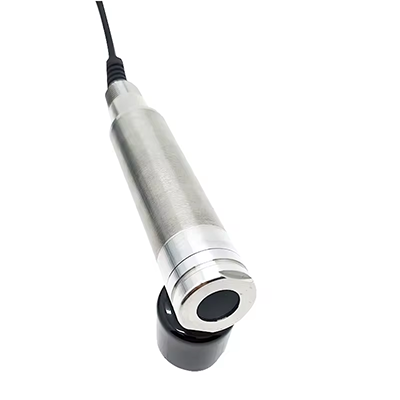Oxygen is essential to the survival of both humans and Marine life. We have developed a new type of light sensor that can effectively monitor oxygen concentrations in seawater and reduce monitoring costs. The sensors were tested in five to six ocean areas, with the goal of developing an ocean monitoring network – “Ocean Nerve” – after mass production of the sensors. This is expected to lead to breakthroughs in sustainable Marine environmental monitoring and fisheries production management.
Sensor pictures and details
https://www.alibaba.com/product-detail/Maintenance-Free-Fluorescence-Optical-Water-Dissolved_1600257132247.html?spm=a2747.product_manager.0.0.3da471d2DJp659
Due to factors such as population growth, climate change, and environmental pollution, the concentration of oxygen (commonly known as “dissolved oxygen” or “DO”) in seawater decreases, resulting in malformation, sterility, and even death of many Marine species. This poses a huge threat to the entire ecosystem and food chain. Scientists have been studying oxygen levels in the oceans. But because of the rapid changes in DO in different locations and in short periods of time, this requires many sensors. In addition, biological fouling significantly increases the maintenance cost of the sensor. This poses a huge challenge for long-term, large-scale seawater DO monitoring.
Derived from “Ocean Nerve”, it intends to build an efficient and low-cost ocean monitoring system with “DO sensors”. The sensor’s ultraviolet light source triggers a photochemical reaction between the sensing material on the film and the DO in seawater. The data was then transmitted to the team’s land-based equipment, which recorded changes in oxygen levels in seawater in real time. A new generation of dissolved oxygen sensors enables real-time, long-term monitoring of oxygen levels in seawater. Reduces maintenance costs.
Post time: Aug-15-2024


